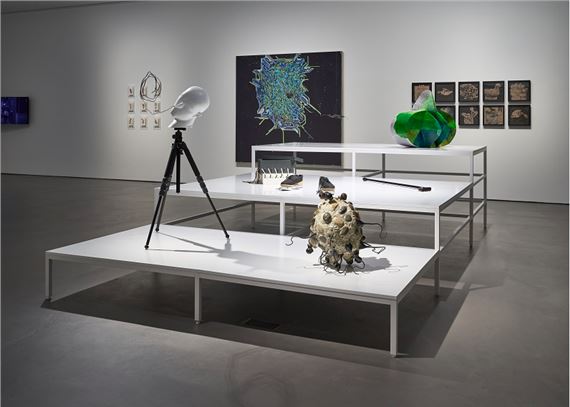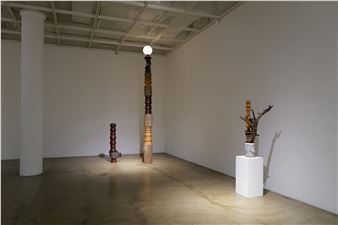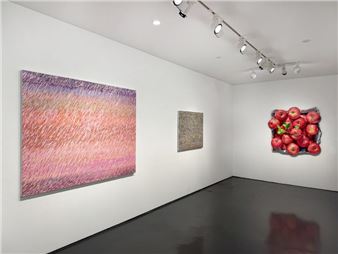Maniera
DOOSAN Gallery is pleased to present Maniera, a group exhibition, from November 15th (Wed.) to December 16th (Sat.), 2023. Part of DOOSAN GalleryŌĆÖs permanent collection, the exhibited works are by 19 artists who have worked with the gallery since its opening. By virtue of these artists and their works, the exhibition endeavors to overlap various spatiotemporal dimensions.
The exhibition title, ŌĆ£maniera,ŌĆØ is an Italian word that means ŌĆ£styleŌĆØ and the root word for ŌĆ£Manierismo (or Mannerism),ŌĆØ a short-lived art movement that emerged in the 16th century, during the transitory period from the Renaissance to Baroque. Art from this period is difficult to categorize as it straddles the symmetrical perfection of Renaissance masters and the dramatic harmony of Baroque chiaroscuro, yet it possesses an uncanny and somewhat enigmatic quality. Many art historians have had contending views of ŌĆ£maniera,ŌĆØ some criticizing it and others endorsing it. Some have denounced its name, sticking to ŌĆ£Late RenaissanceŌĆØ and regarding it as a crude attempt that fell short of its glorious precursor. In contrast, others have seen it as a manifestation of the artistsŌĆÖ developed self-awareness, a time that marks the transition of ŌĆ£artisansŌĆØ into ŌĆ£artistsŌĆØ and the advent of the artistŌĆÖs identity. In other words, to these scholars, ŌĆ£manieraŌĆÖsŌĆØ characteristics of exaggerated proportions, distorted forms, and illogical compositions were subversiveŌĆöthey were a renewal of aesthetics that were deviant of conventions.

Recommended for you
DOOSAN Gallery is pleased to present Maniera, a group exhibition, from November 15th (Wed.) to December 16th (Sat.), 2023. Part of DOOSAN GalleryŌĆÖs permanent collection, the exhibited works are by 19 artists who have worked with the gallery since its opening. By virtue of these artists and their works, the exhibition endeavors to overlap various spatiotemporal dimensions.
The exhibition title, ŌĆ£maniera,ŌĆØ is an Italian word that means ŌĆ£styleŌĆØ and the root word for ŌĆ£Manierismo (or Mannerism),ŌĆØ a short-lived art movement that emerged in the 16th century, during the transitory period from the Renaissance to Baroque. Art from this period is difficult to categorize as it straddles the symmetrical perfection of Renaissance masters and the dramatic harmony of Baroque chiaroscuro, yet it possesses an uncanny and somewhat enigmatic quality. Many art historians have had contending views of ŌĆ£maniera,ŌĆØ some criticizing it and others endorsing it. Some have denounced its name, sticking to ŌĆ£Late RenaissanceŌĆØ and regarding it as a crude attempt that fell short of its glorious precursor. In contrast, others have seen it as a manifestation of the artistsŌĆÖ developed self-awareness, a time that marks the transition of ŌĆ£artisansŌĆØ into ŌĆ£artistsŌĆØ and the advent of the artistŌĆÖs identity. In other words, to these scholars, ŌĆ£manieraŌĆÖsŌĆØ characteristics of exaggerated proportions, distorted forms, and illogical compositions were subversiveŌĆöthey were a renewal of aesthetics that were deviant of conventions.

 ARTISTS
ARTISTS
















